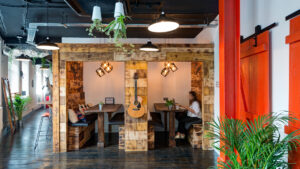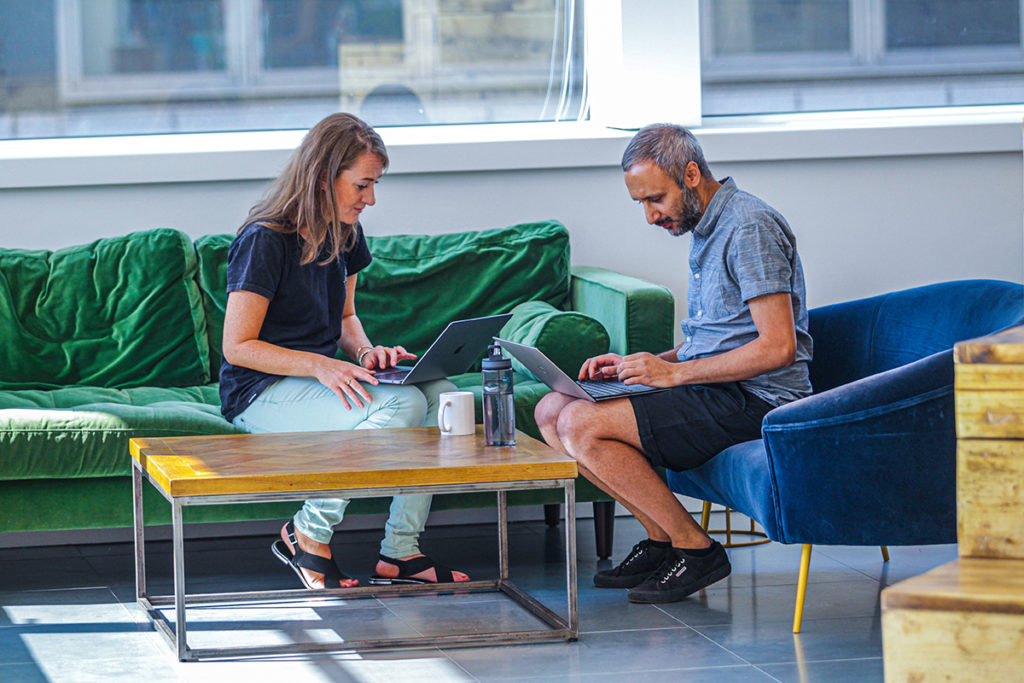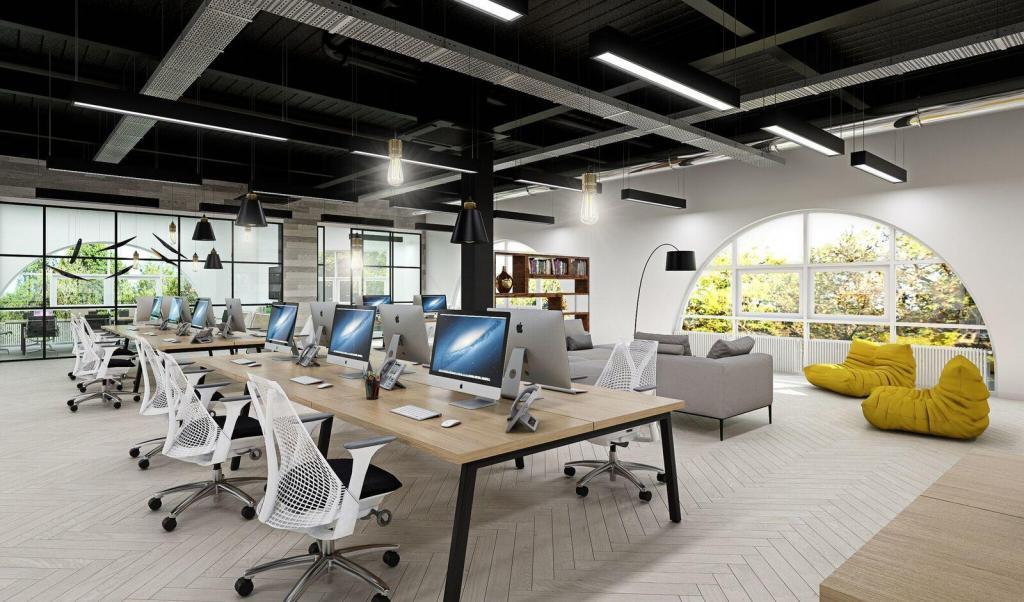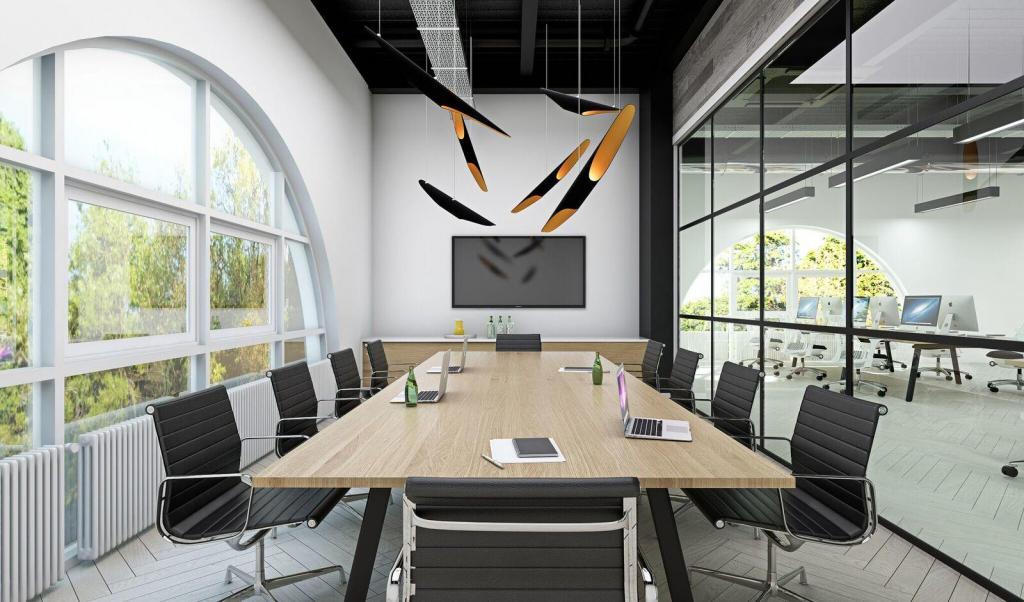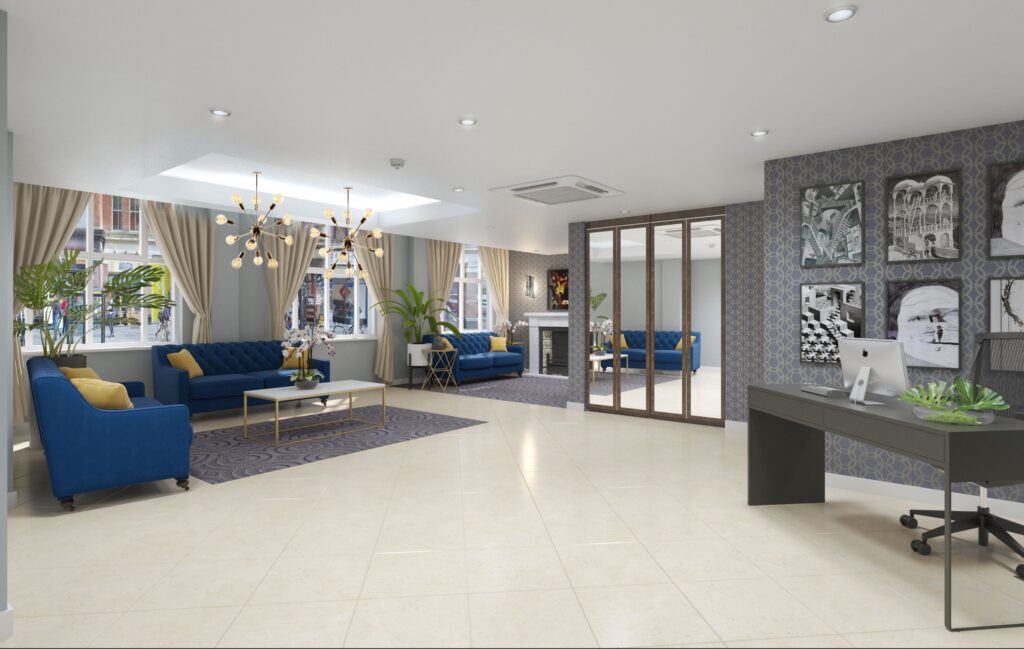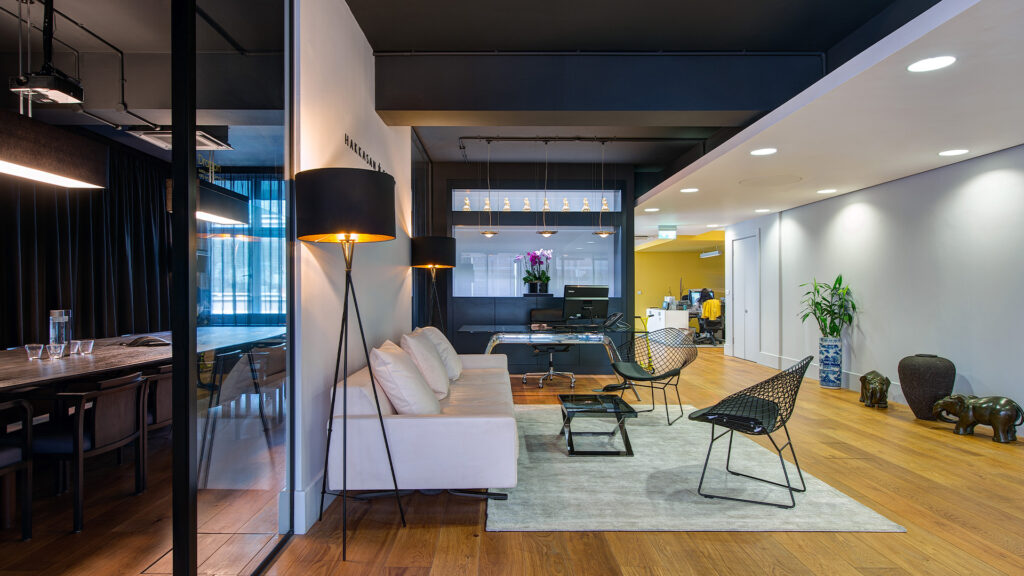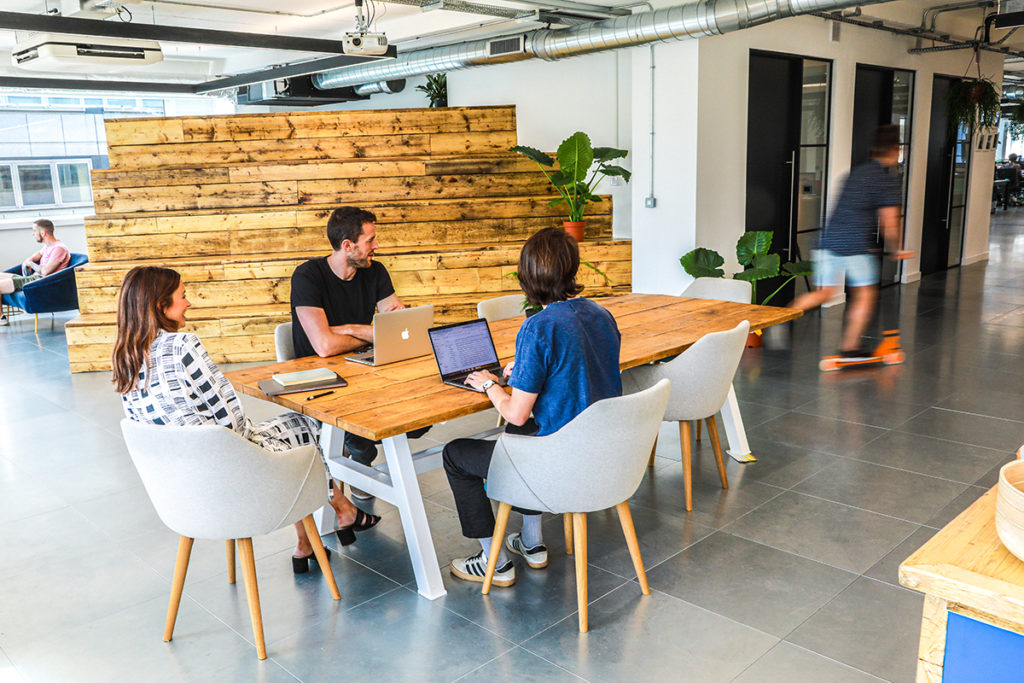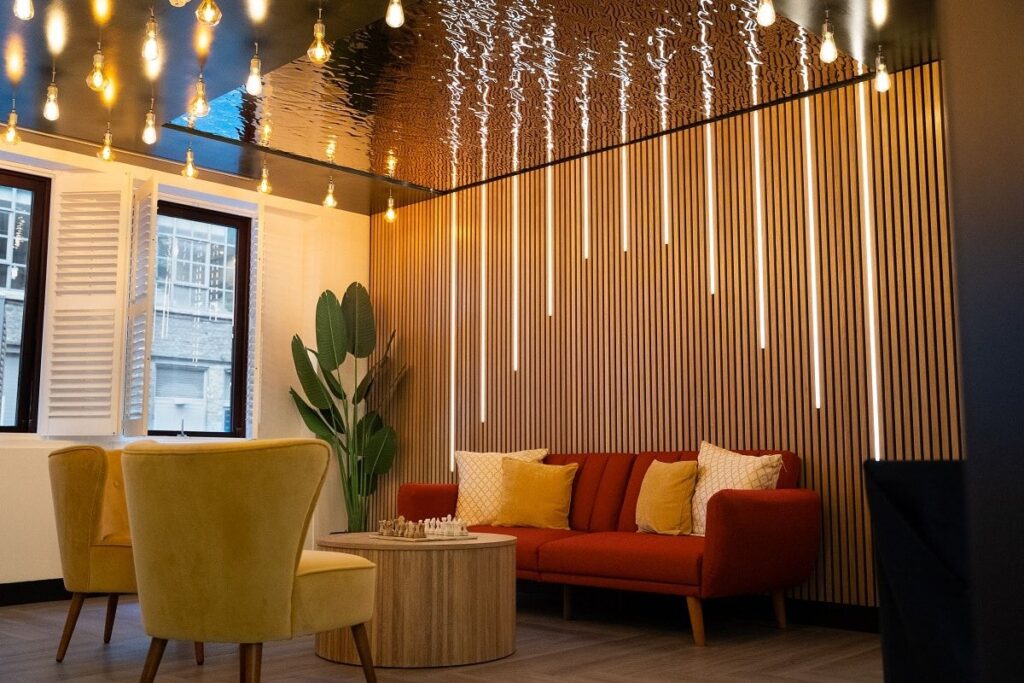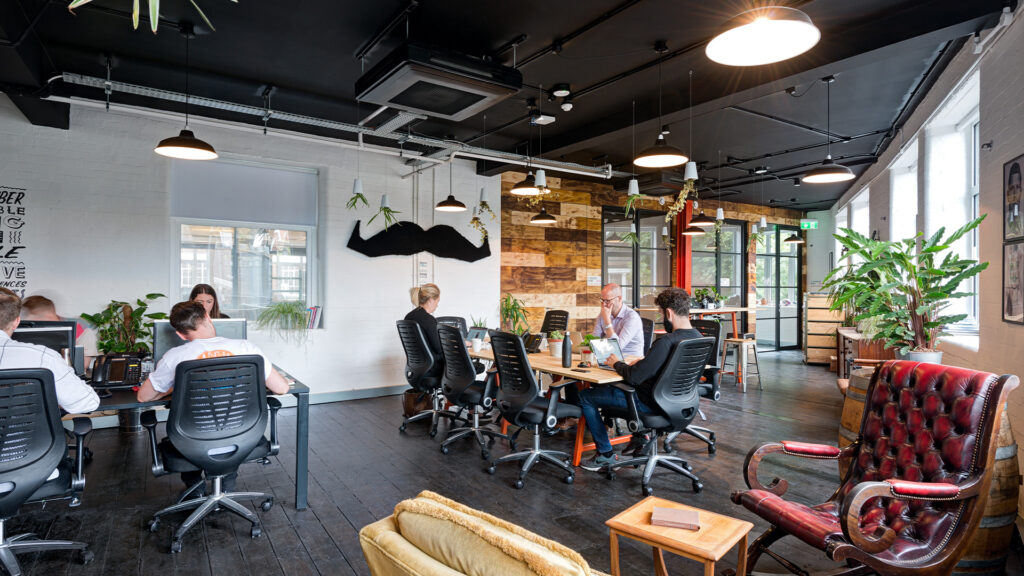Planning an office fit out can feel like a mammoth task. There are budgets to manage, stakeholders to satisfy, and teams to keep informed all while trying to minimise disruption to day-to-day operations. But with the right structure in place and a clear timeline to follow, the process becomes far less daunting.
Whether you’re expanding, relocating, or refreshing your existing space, understanding the fit out journey is essential. Here’s what you need to know to set your project up for success.
What’s The Purpose Behind Your Fit Out?
Every great office fit out begins with a clear purpose:
- Why are you embarking on this project?
- Is your business growing and in need of more space?
- Do you want to adapt to a hybrid working model?
- Or is it time to align your workspace with your brand identity?
This first step is all about reflection and forward-thinking. We encourage you to involve your team early on – after all, they’re the ones using the space day in, day out.
Gather input on what works, what doesn’t, and what could improve productivity, collaboration, and wellbeing. Don’t overlook practical insights either storage issues, noise levels, tech limitations, and break zones can all influence satisfaction and performance.
By clearly defining your goals from the outset, you’ll be in a stronger position to make design and layout choices that genuinely support your business and its people, while building a space that evolves with you over time.
Scoping and Budgeting: Building the Framework
Once your goals are defined, it’s time to get practical. Scoping the work and setting a realistic budget go hand-in-hand. You’ll need to consider not only the design and build costs, but also any temporary relocation, IT integration, furniture, and contingency expenses.
At this stage, it’s wise to consult with office fit out specialists. Our experience can help you uncover hidden costs, avoid common pitfalls, and identify opportunities to optimise the space without overspending.
We often find that this is the point where the vision starts to come to life. With a clearer sense of scale, priorities, and investment, you can begin to map out the journey ahead.
Ready to move forward?
Once you’ve aligned on budget and scope, the next phase is where the momentum really picks up and where expert guidance becomes even more valuable. Let’s walk you through what to expect next.
Design & Planning: Turning Vision Into Blueprint
This is where creativity meets strategy. In collaboration with your fit out partner, you’ll begin developing detailed plans and visualisations that reflect your goals, company culture, and ways of working.
From spatial planning to finishes and fittings, every decision should be grounded in function. Need areas for focused work? Make sure acoustics are optimised. Prioritising collaboration? Design in flexible meeting zones and informal breakout spaces. And don’t forget about wellness, natural light, plants, and thoughtful layouts make a big difference to how your team feels in the space.
It’s also crucial to consider compliance, sustainability, and any landlord requirements at this stage. A good design partner will ensure that nothing is missed, keeping the process smooth and future issues to a minimum.
Taking the time to prototype different layouts or test elements virtually can also help you make confident, informed decisions before anything is built, saving time and money down the line.
Approvals, Sign-Offs & Scheduling
Once the designs are agreed upon, it’s time to lock them in. This stage often involves several rounds of review, particularly if you’re coordinating with landlords, building management, or compliance officers.
While approvals are underway, your fit out team will begin refining the schedule, ordering materials, and planning logistics. Clear timelines are essential here. You’ll want to minimise any impact on your team while ensuring that suppliers and trades are lined up without delay.
If you’re remaining in the space during the works, phasing may be required—this needs careful planning to avoid disruption. Transparency and communication are key throughout. Regular check-ins with your project lead can help you stay ahead of challenges, adjust timelines where needed, and keep stakeholders informed and reassured as the project progresses.
The Build Phase: Bringing the Space to Life
This is where things get exciting. The noise, the dust, the movement it all means progress. The build phase typically includes everything from partitioning and electrical works to flooring, ceilings, and furniture installation.
Depending on the scale of your fit out, this phase can take anywhere from a few weeks to a few months. Regular updates from your project manager will keep you informed and confident as things progress. Snagging (addressing minor issues or fixes) is usually part of this stage, ensuring the finished space meets the agreed standard before sign-off.
A good fit out partner will coordinate all trades and manage the schedule tightly, so that the transition from old to new is as seamless as possible.
Read more: How Do Design & Build Contracts Work?
Post-Completion & Moving In
With the final brush strokes applied and the furniture in place, your new space is ready. But the job doesn’t end at handover. A successful fit out includes a well-managed move-in process and ongoing support.
We always recommend allowing some time for your team to adjust. Schedule feedback sessions to understand how the space is working and where tweaks may be needed. The best workspaces evolve over time, and your fit out should be flexible enough to support that growth.
Some providers also offer ongoing maintenance and handyman services—ideal for keeping your new office running smoothly without distracting your in-house team.
Final Notes
An office fit out is more than just a cosmetic change. It’s an opportunity to reset how your business works, to support your people better, and to position your brand for the future. With careful planning, expert support, and a clear timeline, the process can be both transformative and surprisingly smooth.
Thinking about starting your own project? The sooner you begin planning, the more control you’ll have over outcomes, costs, and timelines. Reach out to us to get started.
You might like this guide: Office Fit Out vs Office Refurbishment


